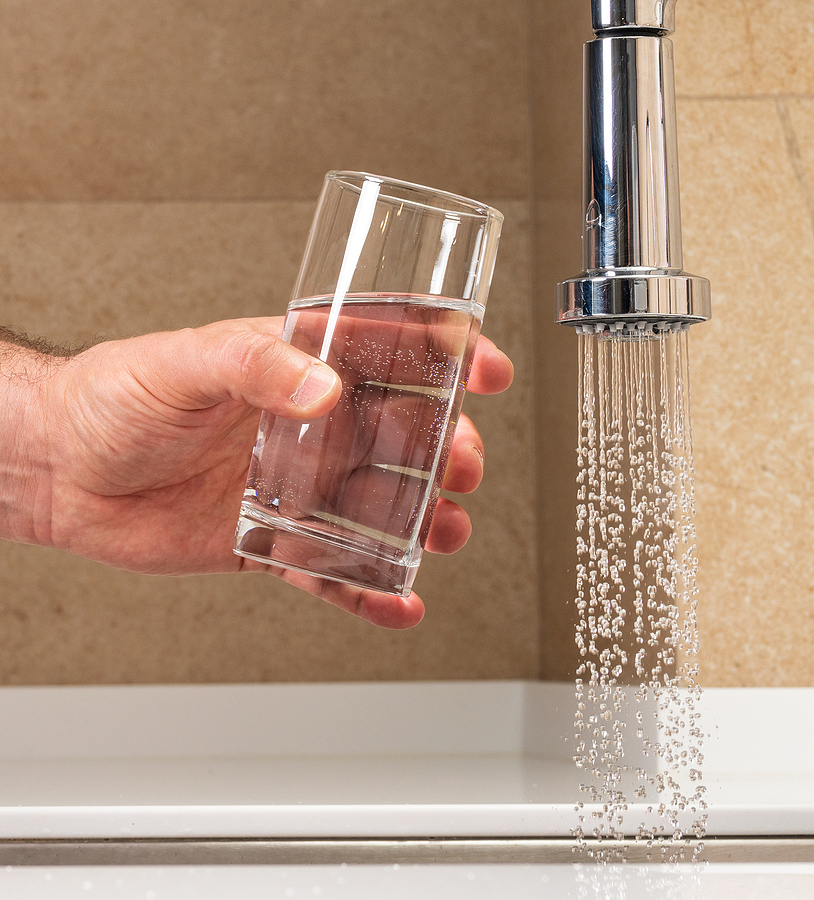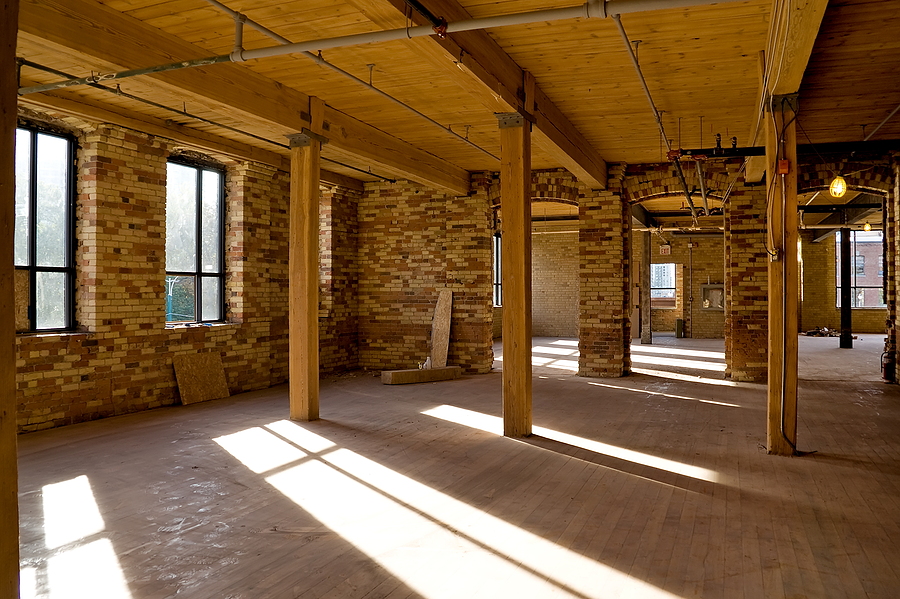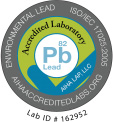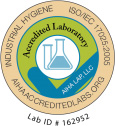
Any contamination of a water source is a serious health threat, with lead exposure in tap water being one of the most concerning contaminants. Fortunately, the use of lead pipes, fixtures, and soldering materials was put to a cease in 1986, but there are existing service lines and plumbing fixtures in older homes that contain lead.
Why Was Lead Used?
Lead is easy to work with and is a durable metal making it a popular material for a range of plumbing uses. It was used in almost every major US city in 1900 for plumbing and service lines. By the 1930s copper became more common as the preferred piping material but it took another 50 years for lead to be banned in 1986.
It’s widely known that lead is harmful and has resulted in health crises making national headlines. The 2016 Flint, Michigan water crisis made headlines around the world as it was revealed that blood-lead levels in children (in areas where lead in water had increased) had nearly doubled since the city started pumping in drinking water from a new source without properly testing or treating it. The inadequate treatment and testing of the water resulted in a series of major water quality and health issues for Flint residents.
How Does Lead Get Into Water?
A common way lead enters water supplies is through existing lead plumbing materials, including faucets, fixtures, and solder. In some cities, older pipes still exist that have never been replaced.
Common sources of lead in plumbing include:
- Service lines that contain lead. The service lines are the pipes that connect homes to the water main in the street.
- Solder joints that contain lead. Solder is a metal alloy that securely connects pipes in household plumbing.
- Faucets and valves containing lead. As recently as 2014 regulations allowed manufacturers to use significant amounts of lead in the construction of faucets, valves, and other plumbing fixtures.
Corrosion of Lead Plumbing
Corrosion of the lead plumbing components is a chemical reaction that occurs between water and the lead fixtures. As the pipes corrode, small pieces flake off and contaminate the water source. Water that has high acidity and certain minerals can increase the likelihood of corrosion.
Other factors that can exacerbate lead contamination include water temperature, age and wear of the plumbing fixtures, and the length of time water sits stagnant in the pipes.
How Lead Exposure Affects Health
Lead is a naturally occurring metal that has been found to cause permanent, disabling health effects when it enters the body. Exposure can happen from eating lead chips, ingesting contaminated food or water, or breathing in lead dust.
Lead exposure can be serious and life-threatening to anyone. Adults with lead poisoning can experience high blood pressure, joint and muscle pain, difficulty with memory or concentration, and harm to reproductive health. When children are exposed, symptoms can include irritability, weight loss, abdominal pain, fatigue, vomiting, and seizures.
It doesn’t take high levels of exposure to cause serious health concerns. Low exposure to lead can cause brain development issues over time. High levels can cause nervous system and kidney damage in adults and children.
Trusted and Accurate Environmental Testing
Our state-of-the-art labs ensure accurate tests are conducted expeditiously. For quick shipment of materials and reliable results, contact SanAir Technologies Laboratory at 1-888-895-1177 or fill out our online customer order form. Our experts have two decades of experience and will be happy to walk you through the process.
















